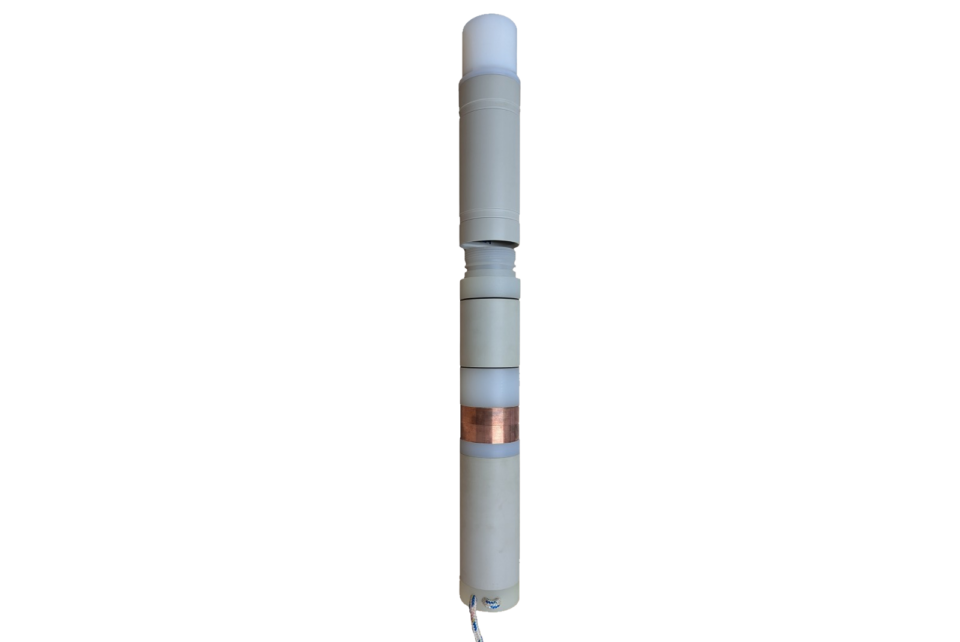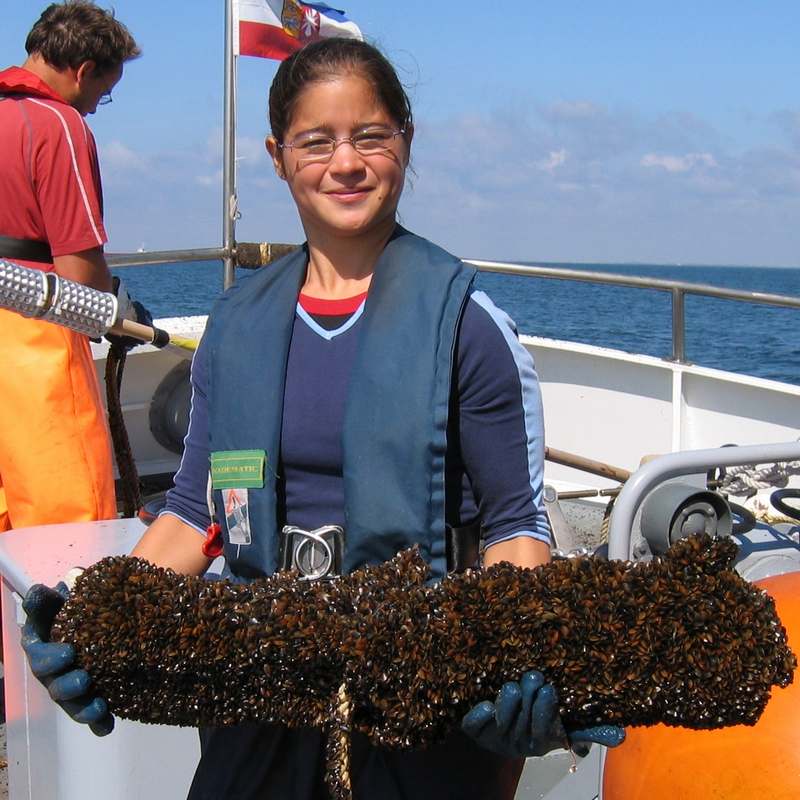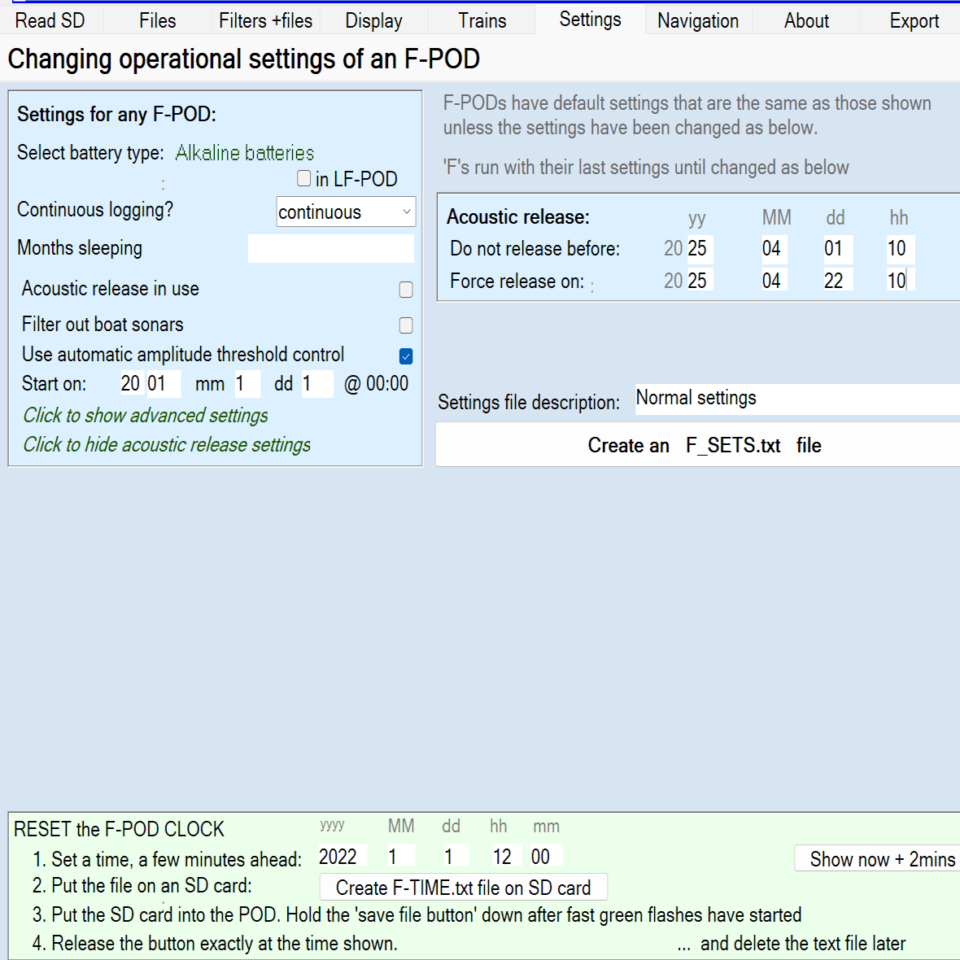How does it work?

The 'AR' is an alternative lid for F-PODs that are AR-enabled.
It connects via a lead to the F-POD electronics.
The F-POD is carrying out detailed sound analysis all the time and enabled PODs can detect their individual acoustic tone sequence that you send from a transmitting deck unit.
The release then fires and allows the POD to float up to the surface on a retrieval line with a breaking strain of about 150kg.
A force-release-on time can be for any hour in the future.
This can be combined with logging only during certain months; logging only a set fraction of minutes; and postponing the start to a future time which could be more than a year ahead.
Barnacles / mussels / 'bio-fouling'

In waters where bio-fouling is rapid acoustic releases can fail as a result of the long deployment times typical of POD deployments.
So the F-POD AR is designed to keep the release mechanism free of fouling and to ensure that mussels cannot bridge the components that need to move apart when the AR releases.
Batteries
The AR has two rechargeable lithium 9v PP9 cells within it. These drive the motor when release is required. Their voltage can be checked with a voltmeter when the AR is taken off the POD. They will typically power the process for 5 - 10 years between charges.
The batteries for the acoustic code detection are those in the main POD housing as the detection process runs in parallel with the click processing algorithm.
Running time

The maximum running time is the same as the F-POD, and will vary with the batteries and the duty cycle selected.
If the F-POD batteries are failing a signal to release will be generated, and hopefully the F-POD will still be connected to the anchor when you arrive!
You can set a not-before date at whatever date precedes the earliest date you may chose to go and recover it.
And you can set a force-release-on date that is earlier than the likely end of the POD battery life if that may be useful.